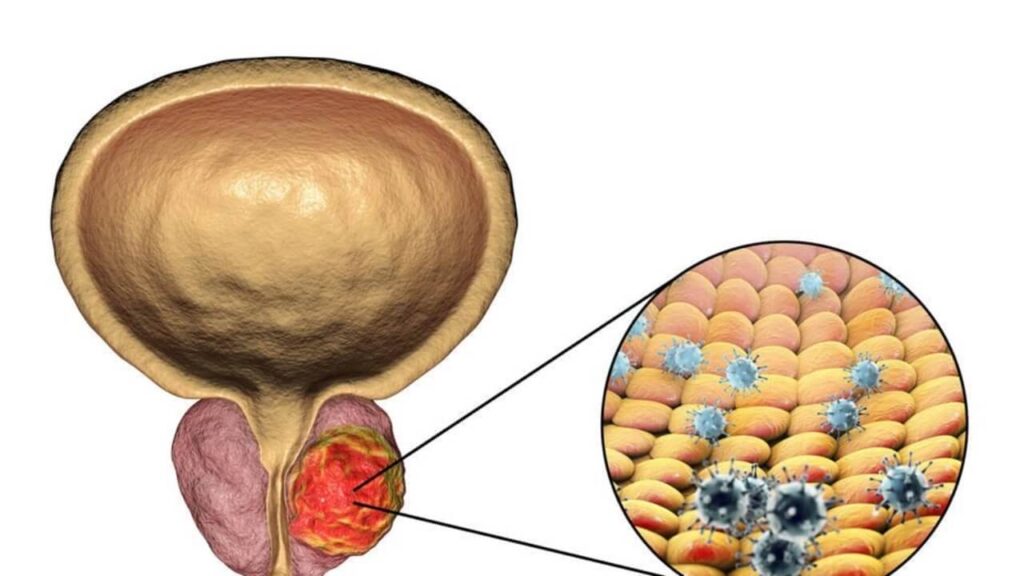
Understanding Gallstones:
Gallstones, also known as cholelithiasis, are hardened pieces of bile that form in the gallbladder or bile ducts. They are relatively common, especially among women and individuals assigned female at birth.
While gallstones may not always cause noticeable symptoms, they can become problematic if they get lodged in the biliary tract, leading to blockage of bile flow.
These small, solid concretions can vary in size, ranging from as tiny as a grain of sand to as large as a golf ball. Let’s delve deeper into the details:
Gallbladder Function:
The gallbladder is a small, pear-shaped organ located on the right side of the abdomen, just beneath the liver. Its primary role is to store and release digestive fluid called bile into the small intestine (duodenum) when needed.
Types of Gallstones:
- Cholesterol Gallstones: These are the most common type of gallstones. They often appear yellow in color and consist mainly of undissolved cholesterol. Other components may also be present.
- Pigment Gallstones: These gallstones contain bilirubin, a chemical produced during the breakdown of red blood cells.
Symptoms:
Gallstones may cause no signs or symptoms initially.
When symptoms do occur, they may include:
- Sudden, intense pain in the upper right portion of the abdomen.
- Pain in the center of the abdomen, just below the breastbone.
- Back pain between the shoulder blades.
- Pain radiating to the right shoulder.
- Nausea or vomiting.
Gallstone pain can last from several minutes to a few hours.
When to Seek Medical Attention:
Make an appointment with your doctor if you experience any worrisome signs or symptoms.
Seek immediate care if you develop serious complications, such as:
- Abdominal pain so severe that you can’t find a comfortable position.
- Yellowing of the skin and eyes (jaundice).
- High fever with chills.
Remember, gallstones can be managed effectively, and treatment options depend on the severity of symptoms and individual circumstances. 🌟
Gallstones, also known as cholelithiasis, are hardened pieces of bile that form in the gallbladder or bile ducts. Let’s explore the causes, diagnosis, and treatment options:
Causes of Gallstones:
Excess Cholesterol: Gallstones often result from excessive cholesterol in the bile. When the liver excretes more cholesterol than the bile can dissolve, it can crystallize and form stones.
Bilirubin Imbalance: High levels of bilirubin (a pigment produced during red blood cell breakdown) can lead to pigment gallstones.
Risk Factors:
- Obesity
- Rapid weight loss
- Pregnancy
- Impaired gallbladder emptying
- Fasting
- Spinal cord injury
- Reduced bile salt secretion
Diagnosis of Gallstones:
- Abdominal Ultrasound: Commonly used to detect gallstones by creating images of the abdomen.
- Endoscopic Ultrasound (EUS): Identifies smaller stones missed on regular ultrasound.
- Other Imaging Tests: These may include CT scans, MRIs, or endoscopic retrograde cholangiopancreatography (ERCP).
- Blood Tests: Reveal infection, jaundice, or other complications caused by gallstones.
Treatment Options for Gallstones:
Asymptomatic Gallstones: If they don’t cause symptoms, no treatment is necessary.
Surgery (Cholecystectomy): Removal of the gallbladder is the gold standard treatment. It doesn’t affect digestion but may cause temporary diarrhea.
Medications: Some medications can help dissolve gallstones over time.
- Chenodiol (CDCA): Dissolves cholesterol in gallstones.
- Ursodeoxycholic acid (UDCA): Stimulates bile secretion, reducing toxic bile acids.
Self-Care: Maintain a healthy weight, avoid fatty diets, and stay hydrated.
Specialists: Consult a gastroenterologist or a general surgeon.
Remember, early detection and appropriate management can prevent complications associated with gallstones. 🌟
Gallstones, also known as cholelithiasis, are hardened deposits of bile that form in the gallbladder or bile ducts. Let’s explore the symptoms, prevention strategies, and details about cholecystectomy:
What are the Symptoms of Gallstones?
Gallstones may cause no signs or symptoms initially.
When symptoms do occur, they may include:
- Sudden, intense pain in the upper right portion of the abdomen.
- Pain in the center of the abdomen, just below the breastbone.
- Back pain between the shoulder blades.
- Pain radiating to the right shoulder.
- Nausea or vomiting.
Gallstone pain can last from several minutes to a few hours.
How to prevent Gallstones?
While there’s no guaranteed way to prevent gallstones, adopting a healthy lifestyle can reduce the risk:
- Maintain a normal weight: Obesity is a risk factor.
- Balanced diet: Include fiber-rich foods, fruits, vegetables, and whole grains.
- Regular exercise: Aim for at least 30 minutes most days of the week.
- Avoid crash diets: Rapid weight loss can contribute to gallstone formation.
Telling more about Cholecystectomy.
Cholecystectomy (Gallbladder Removal):
A cholecystectomy is a surgical procedure to remove the gallbladder.
The gallbladder is a pear-shaped organ located below the liver on the upper right side of the abdomen.
Types of cholecystectomy:
- Laparoscopic (keyhole) cholecystectomy: Minimally invasive procedure.
- Open cholecystectomy: Traditional surgery.
Duration: About 1-2 hours.
Recovery time: Can take several weeks.
Hospital stay: Typically a few days.
Cholecystectomy is the gold standard treatment for gallstones when symptoms are present.
Medications may be prescribed if surgery is not feasible.
Remember to consult your healthcare provider for personalized advice and guidance regarding gallstones and their management. 🌟
What are the symptoms of gall bladder stones?
Answered by verified global health professionalsDr. Himanshu J. Vats
What is the recovery process after Cholecystectomy?
Laparoscopic cholecystectomy, also known as minimally invasive cholecystectomy, is a common procedure to remove the gallbladder. It involves making small incisions in the abdomen and using a camera (laparoscope) to visualize the inside.
Timeline:
Immediate Post-Op: You’ll be taken to a recovery area as the anesthesia wears off. Expect to feel weak and tired initially.
First Few Days at Home:
- Weakness and tiredness persist.
- Some abdominal swelling may occur.
- If you had laparoscopic surgery, you might experience right shoulder pain for about 24 hours due to the carbon dioxide gas used during the procedure.
Longer Recovery:
- Minimally Invasive Surgery: Most patients are discharged the same day or the following day.
- Open Surgery: Hospital stay is typically 2 to 4 days longer, and overall recovery takes more time.
Activity:
- You can go up and down stairs on the day of surgery.
- Remove bandages and take a shower the next day.
- Gradual improvement in well-being after returning home.
- Consult your healthcare provider if you don’t feel better.
Remember: Recovery varies, so follow your doctor’s advice closely.
Dietary Restrictions After Gallbladder Removal:
Avoid:
- Fatty, greasy, processed, and sugary foods.
- Fatty meats (steak, pork, bacon, sausage).
- Full-fat dairy (milk, cheese, butter, sour cream, ice cream).
- Highly processed foods (cakes, cookies, sugary cereals).
Emphasize:
- High-fiber foods (improve digestion).
- Lean meats, low-fat dairy, and leafy green vegetables.
- Choose fat-free yogurt and low-fat cheese options.
Bile Flow: Without the gallbladder, bile flows directly into the intestine, acting as a mild laxative.
Gradual Reintroduction: Over time, you may reintroduce some restricted foods into your diet.
Laparoscopic Cholecystectomy:
Procedure:
- Performed through small incisions.
- A camera (laparoscope) visualizes the abdomen.
- Long tools remove the gallbladder.
Anesthesia: Done under general anesthesia.
Benefits:
- Minimally invasive.
- Faster recovery.
- Less pain.
Remember: You’ll be asleep throughout the procedure.
Feel free to ask if you need further information! 🌟
What are the risks of Laparoscopic Cholecystectomy?
- Bleeding or Infection: While rare, there’s a small risk of bleeding or infection at the surgical site.
- Incomplete Gallbladder Removal: Sometimes, gallbladder removal may not be entirely successful using this procedure.
- Complications Requiring Open Surgery: In case of complications, immediate open surgery may be necessary.
- Post-Surgery Nausea and Vomiting: Some individuals experience these symptoms.
- Injury to Nearby Structures: Blood vessels, bile ducts, or the intestine could be accidentally injured during the procedure.
Resuming Normal Activities After Gallbladder Removal:
Laparoscopic Surgery:
- Most patients can go home the same day or the next day.
- You can resume a normal diet and activities immediately.
- Pain and fatigue may persist but gradually improve.
Open Surgery:
- Hospitalization typically lasts 5 to 7 days.
- You can return to a normal diet after one week.
- Full recovery and resumption of normal activities may take 4 to 6 weeks.
Consult Your Healthcare Provider: Before resuming work or other activities, it’s essential to check with your healthcare provider, especially if you had open surgery.
Open Cholecystectomy:
Procedure:
- Traditional method for gallbladder removal.
- Surgeon makes one long incision in the abdomen to access the gallbladder.
Purpose:
- Provides permanent relief for gallstones and other gallbladder-related issues.
Recovery:
- Longer hospital stay compared to laparoscopic surgery.
- Recovery time is also extended.
Remember: It’s still a relatively safe and straightforward procedure.
Feel free to ask if you need further information! 🌟
What are the Dietary Recommendations after Open Cholecystectomy?
After gallbladder removal surgery (cholecystectomy), it’s essential to follow a specific diet to aid in your recovery and minimize discomfort.
What to Avoid:
- Fatty, Greasy, Processed, and Sugary Foods: These are harder for your body to digest after surgery.
- Fatty Meats: Avoid steak, high-fat cuts of red meat, pork, bacon, lunch meats (like bologna and salami), and sausage.
- Dairy Products: Limit consumption of whole milk, full-fat yogurt, full-fat cheese, butter, lard, sour cream, ice cream, and whipped cream.
- Highly Processed Foods: Stay away from items like pie, cake, cookies, cinnamon rolls, sugary cereals, and white or other processed breads.
What to Eat:
- High-Fiber Foods: These can improve digestion in the absence of concentrated bile.
- Opt for fruits, vegetables, lean proteins, and whole grains.
- Consider eating smaller, more frequent meals.
Remember that everyone’s digestive system is unique, so what works for one person may not work for another. Gradually reintroduce foods and listen to your body’s cues.
How to manage pain after Gallbladder Removal?
Pain after cholecystectomy is most significant at the beginning of your recovery and will lessen over time.
Here are some strategies:
Know Your Medication Options:
- Prescription-strength nonsteroidal anti-inflammatory drugs (NSAIDs) and opioid painkillers (like codeine, hydrocodone, and morphine) can help.
- Over-the-counter pain medicines like acetaminophen (Tylenol) and NSAIDs (such as ibuprofen) are also effective.
Take Pain Medicines on Schedule:
- Consistency matters. Follow your prescribed schedule.
Move Around Gradually:
- Gentle exercise, short walks, and mild stretches prevent stiffness.
- Follow your doctor’s instructions regarding heavy lifting and vigorous exercise.
Stay Comfortable:
- Use ice packs on the incision area.
- Recline instead of sitting up to avoid pressure on your abdomen.
- Wear loose, comfortable clothing.
Be Patient with Yourself:
- Pain levels vary, but gradual improvement occurs.
What are Bile Duct Injuries During Surgery:
Bile duct injury (BDI) is a dangerous complication of cholecystectomy.
Causes:
- Most commonly occurs during gallbladder removal surgery.
- Traumatic damage to the bile ducts due to accidental cuts, burns, or pinches.
Symptoms:
- Abdominal pain on the upper right side.
Diagnosis and Management:
- Specific diagnosis and precise description expedite decision-making.
- Multidisciplinary interventions with varying invasiveness are indicated.
- Early detection and appropriate treatment are crucial for long-term prognosis.
Remember to follow your doctor’s advice closely during your recovery. 🌟
What are the signs of a Bile Duct Injury?
A bile duct injury can occur during gallbladder removal surgery (cholecystectomy). If not recognized immediately, the patient may present with:
- Bile in the drain (if one was left in place).
- Otherwise, bile may drain from the incision.
Postoperative symptoms of biliary injury include:
- Fever
- Vague pain in the abdomen
- Nausea
- Pruritus (itchy skin)
- Failure to tolerate diet.
How to prevent complications after Gallbladder Removal Surgery?
Here are some steps to prevent problems after surgery:
Avoid Fatty and Greasy Foods:
- These can cause diarrhea and abdominal pain after gallbladder removal.
Drink Plenty of Fluids:
- Helps prevent constipation, which is common after gallbladder surgery.
Get Regular Exercise:
What are Laparoscopic Cholecystectomy Risks:
Bile Duct Injury:
- May lead to infection and require at least one bile duct repair surgery.
Rare Reactions to General Anesthesia:
- Allergic reactions and death.
Additional Complications:
- Bleeding
- Recurrent Abdominal Pain
- Blood Clots (Deep Vein Thrombosis).
Remember to follow your doctor’s advice closely during your recovery. 🌟
What is the recovery time after Laparoscopic Cholecystectomy?
- Most people recuperate from gallbladder surgery in two to four weeks.
- After a laparoscopic cholecystectomy, you may be able to go back to work in one to two weeks, depending on the type of work you do.
- Remember to follow your surgeon’s instructions before resuming a normal schedule.
How to manage post-surgery discomfort?
Stay Ahead of the Pain:
- Don’t wait until your pain is severe before taking medication.
Non-Prescription Pain Medication:
- Consider using over-the-counter pain medicines like acetaminophen (Tylenol) or nonsteroidal anti-inflammatory drugs (NSAIDs).
Get Enough Sleep:
- Rest is crucial for recovery.
Gradually Increase Physical Activity:
- Walking and gentle exercise help prevent stiffness.
Brace Your Surgery Site:
- Use ice packs and wear loose, comfortable clothing.
Manage Stress Levels:
- Stress can exacerbate discomfort.
Bile Duct Repair Surgery:
Indications:
Bile duct resection and reconstruction (BDRR) is performed for various reasons, including benign and malignant tumors, complications from biliary and gallbladder disease or surgery, and other inflammatory processes involving the biliary tree.
Types of Indications:
- Malignant Tumors: BDRR can be performed for cholangiocarcinoma, hepatocellular carcinoma, and metastatic disease.
- Benign Tumors: BDRR can remove premalignant tissue or correct aberrant bile flow.
Surgical Techniques:
- BDRR involves resection and reconstruction of the bile ducts.
- Techniques vary based on the specific case and underlying condition.
Recovery and Outcomes:
- Recovery time depends on the type of surgery performed.
- BDRR remains a common procedure with various indications.
Remember to follow your doctor’s advice closely during your recovery. 🌟


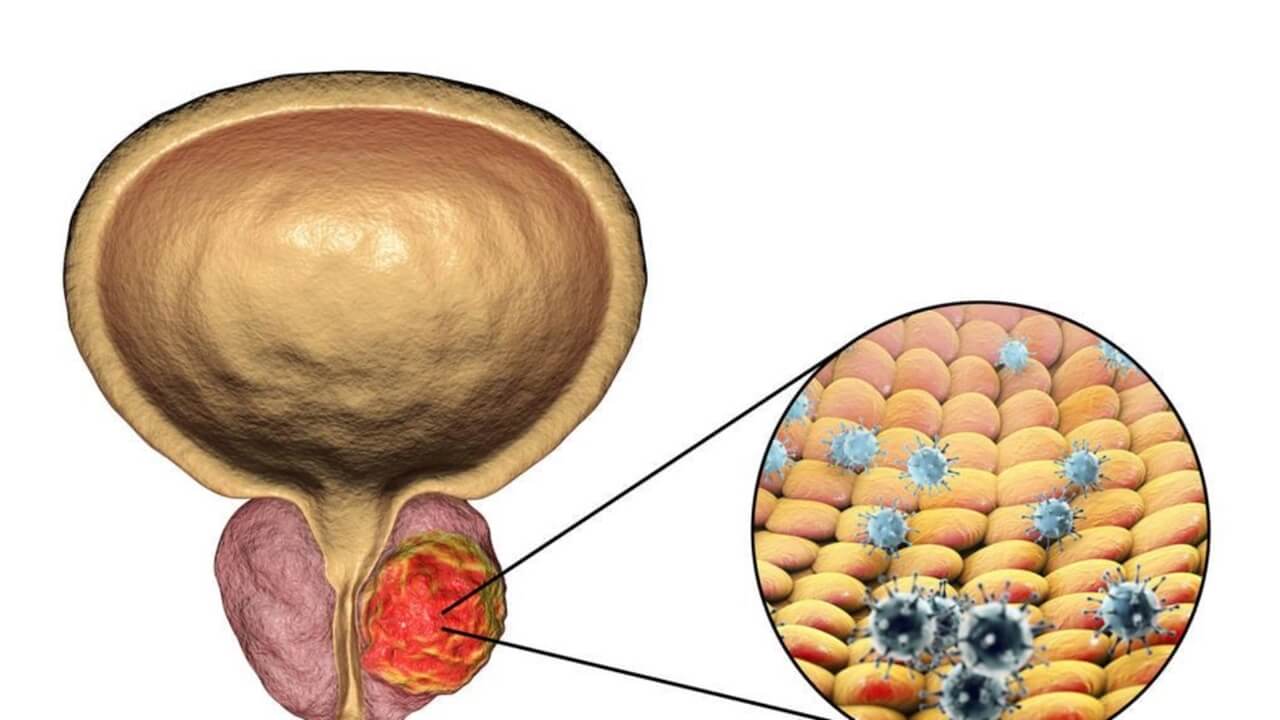

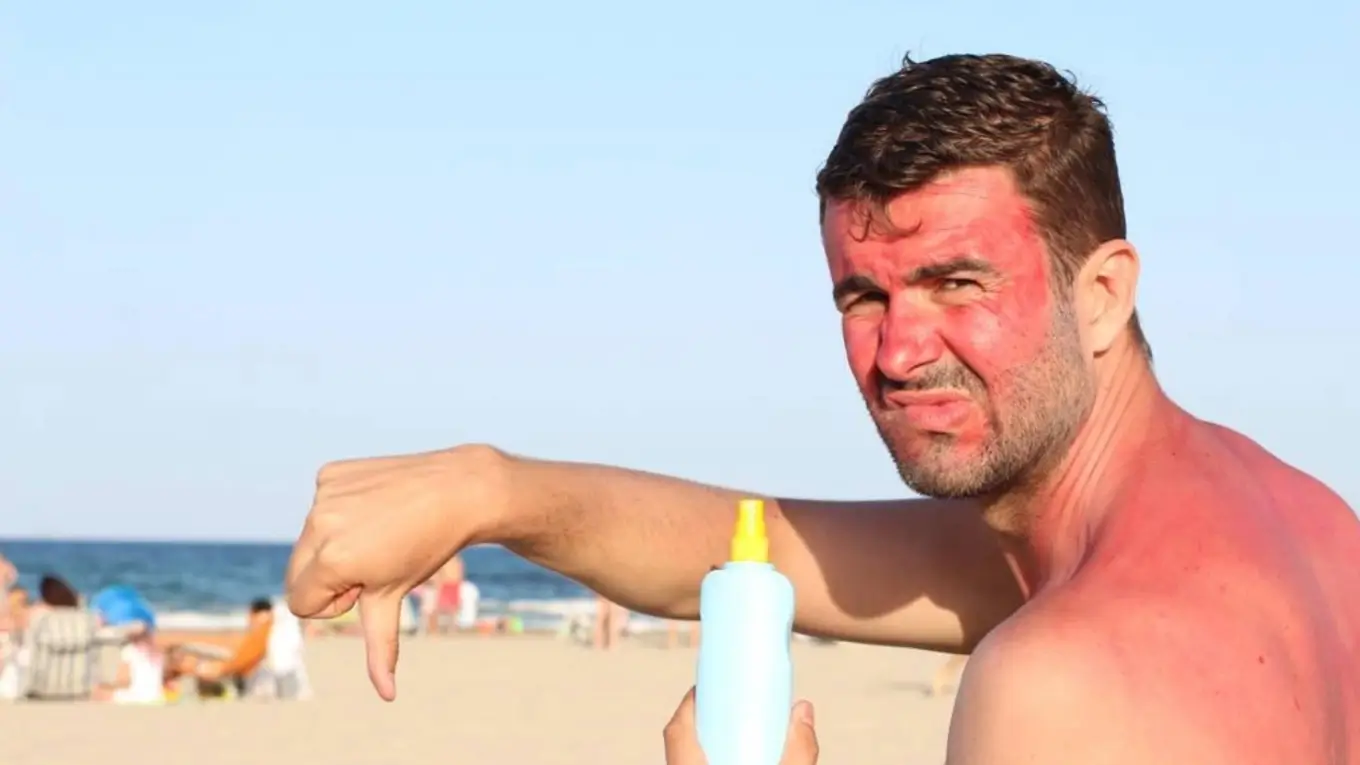
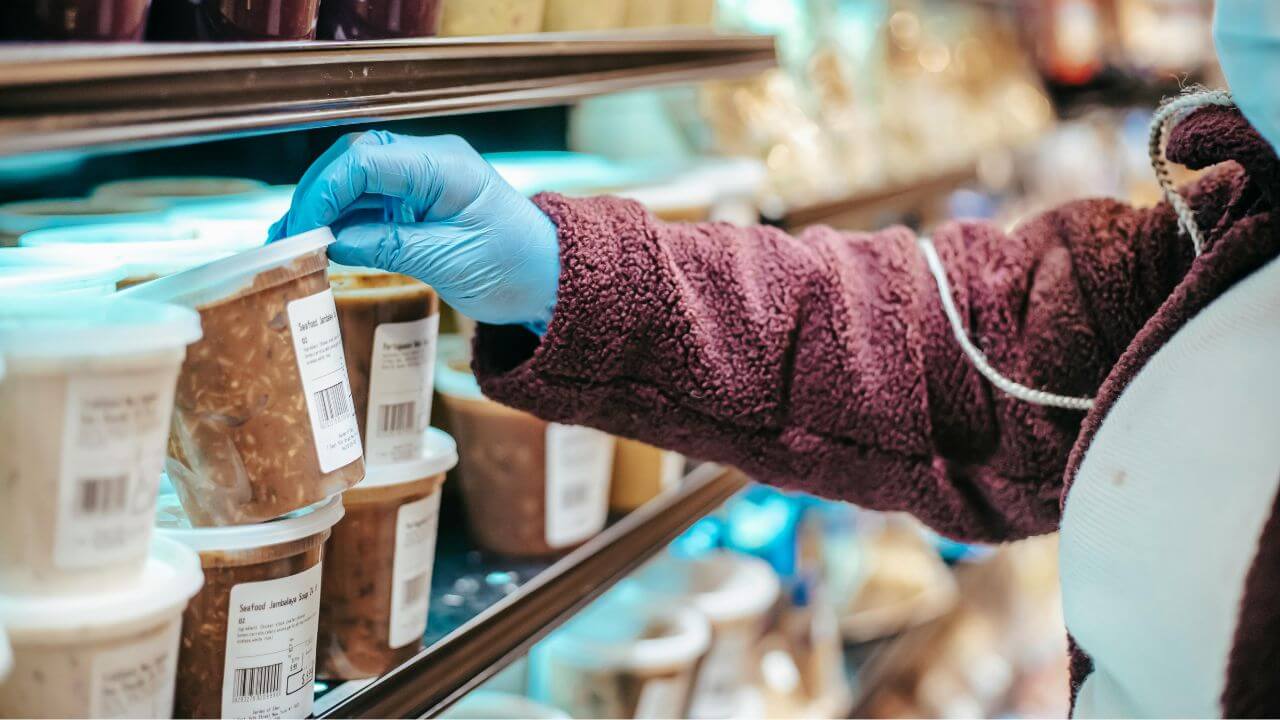

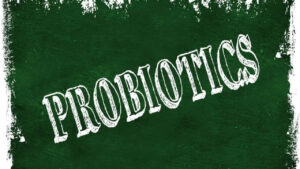

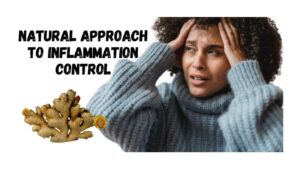

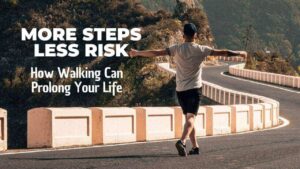

















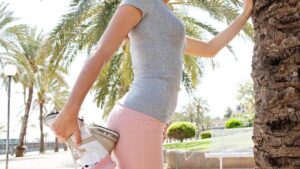



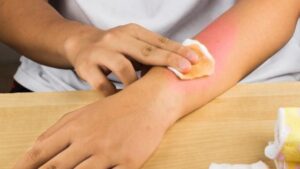

Hello my loved one! I want to say that this post is awesome, nice written and include approximately all important infos. I¦d like to look extra posts like this .
I have recently started a website, the information you provide on this site has helped me tremendously. Thanks for all of your time & work.
very good submit, i certainly love this web site, carry on it
Some truly nice and useful info on this site, also I think the pattern contains great features.
It?¦s actually a great and helpful piece of info. I am glad that you simply shared this helpful info with us. Please stay us up to date like this. Thank you for sharing.
Well I truly liked studying it. This subject offered by you is very helpful for good planning.
F*ckin¦ awesome things here. I am very happy to look your post. Thank you so much and i am looking ahead to touch you. Will you please drop me a e-mail?
Hello. Great job. I did not imagine this. This is a remarkable story. Thanks!
I conceive you have mentioned some very interesting details , thanks for the post.
Its fantastic as your other blog posts : D, appreciate it for posting. “A gift in season is a double favor to the needy.” by Publilius Syrus.
Some really nice stuff on this site, I like it.
I like what you guys are up also. Such clever work and reporting! Keep up the excellent works guys I?¦ve incorporated you guys to my blogroll. I think it will improve the value of my website 🙂
Keep working ,great job!
Have you ever thought about including a little bit more than just your articles? I mean, what you say is fundamental and all. However think of if you added some great photos or videos to give your posts more, “pop”! Your content is excellent but with pics and video clips, this website could definitely be one of the very best in its niche. Terrific blog!
Some truly select articles on this website , saved to bookmarks.
I really like your writing style, fantastic information, regards for posting :D. “The superfluous is very necessary.” by Francois Marie Arouet Voltaire.